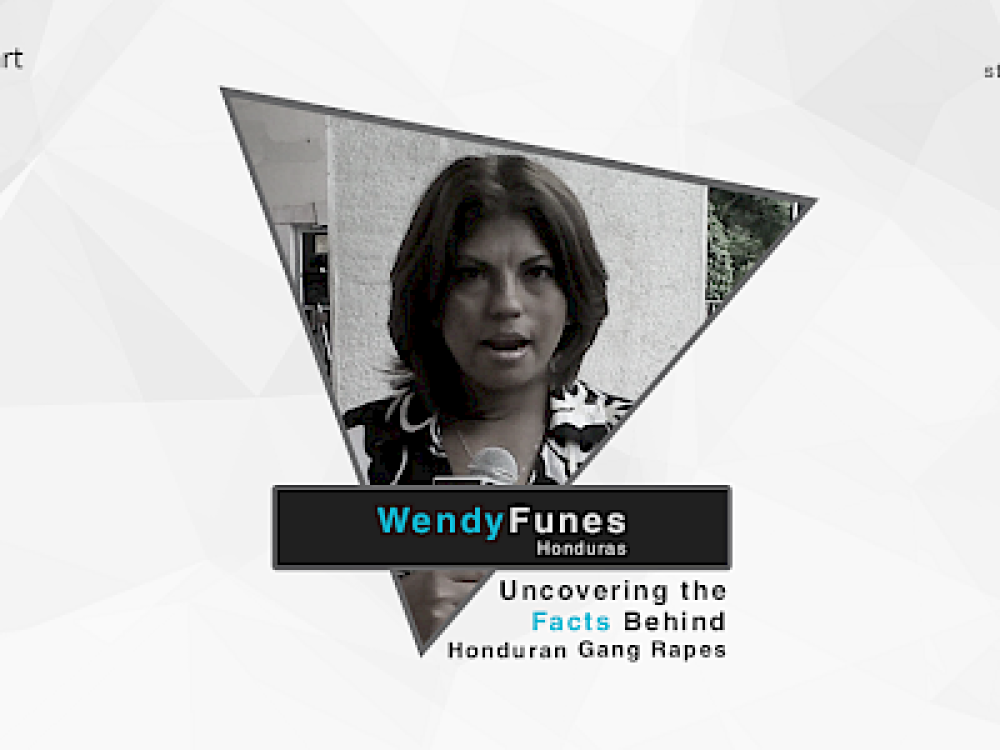It has become almost commonplace now to remark that journalism is in crisis. It is an accepted state of affairs, a common backdrop to all discourse about journalism; it has become the weather of the media world. Katharine Viner, the editor-in-chief of the Guardian, has summed up the predicament of the industry very well: users won’t pay for content, and social media dominates advertising and distribution channels. If you make something, and people won’t pay for it, and other people give it away for free anyway, then you are in big trouble. When the thing that you make is important for the proper functioning of society, then everyone is in big trouble.
There may (will, in my opinion) come a time when social media companies subsidise legacy media on the grounds that people need something to share on Facebook and object to on Twitter. Indeed, Prof John Horgan recently made a similar argument. But in the meantime, journalists are losing their jobs, news outlets are closing and news coverage is shrinking to what can be reported from a laptop with a broadband connection and Google.
This is a challenge for journalists, of course, but it’s also a challenge for the people who teach journalism in our universities and colleges. People like me, who wonder: will our students get jobs? What skills do they need to survive in a media environment that is being constantly disrupted?
One of the changes we’re introducing at DCU in the coming academic year is a new course in mobile and social journalism. This course will teach students how to record, edit and file stories from a smartphone. Just as the audiences for news content are migrating to mobile, so too are the people who provide that content. News is increasingly being consumed on mobiles; it is also being put together more often on them too.
Journalists working for broadcast outlets – both radio and TV – are using smartphones to record high-quality audio and video. They are editing their footage on phones and using file-sharing apps to send what they’ve got back to the office. They are also doing live broadcast on their phones via Periscope. “I haven’t been in my newsroom for five years,” the BBC’s Nick Garnett told the MoJoCon conference recently.
By and large, this new breed is using the iPhone and generally exists in a Mac environment. There is no industry standard as yet, but insofar as one exists, it is iOS. The apps that can help turn your phone into a high-quality media recording device are more prolific in iOS and the mobile journalism kits issued by most broadcast companies feature Apple products rather than Windows or Android ones.
Our new course also aims to train students in the use of social media as a platform for their stories, a source when researching stories, a verification tool, and a branding tool for themselves and/or their news organisations. A further aspect of the course is media curation. Students will learn how to use curation platforms such as Storify to record and interpret news events.
It is all too easy to become dazzled by the technology, the apps, the shares and the “likes”. But without a story to tell, they are meaningless. This course sits alongside the core modules that teach students about journalism and reporting, about the “how” of journalism, but also the “why”.
David Robbins lectures on the BA and MA journalism programmes at DCU. He is currently working towards a PhD on Irish media coverage of climate change.
Subscribe to FuJo's newsletter.





